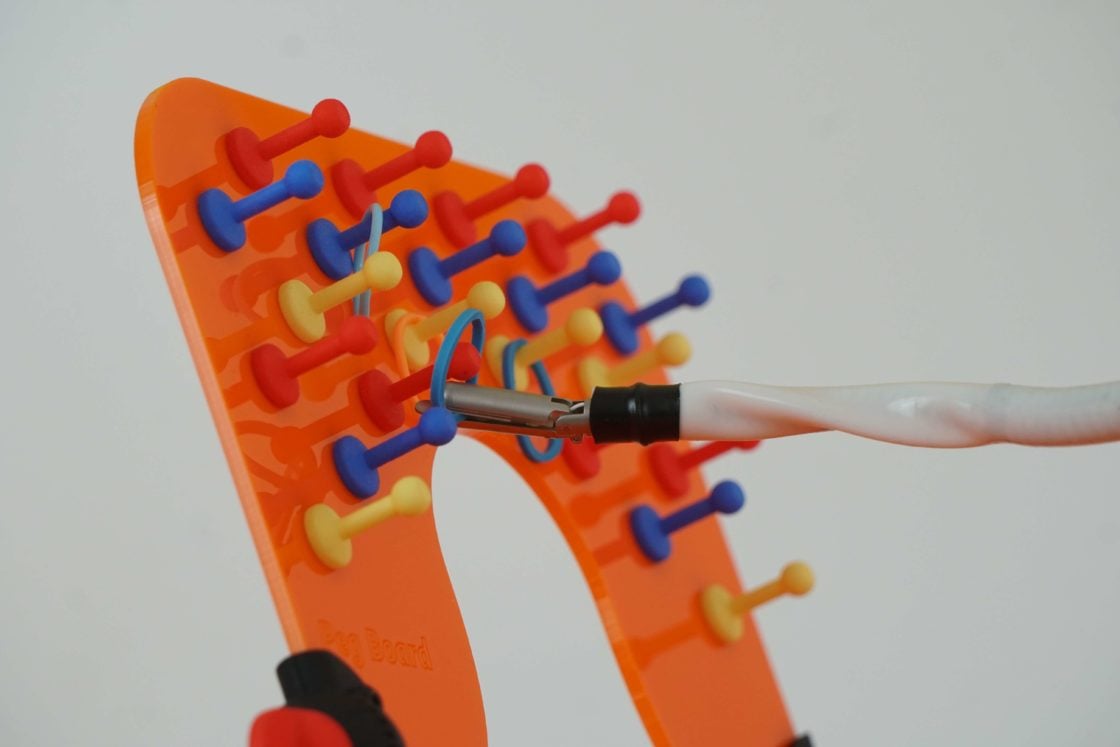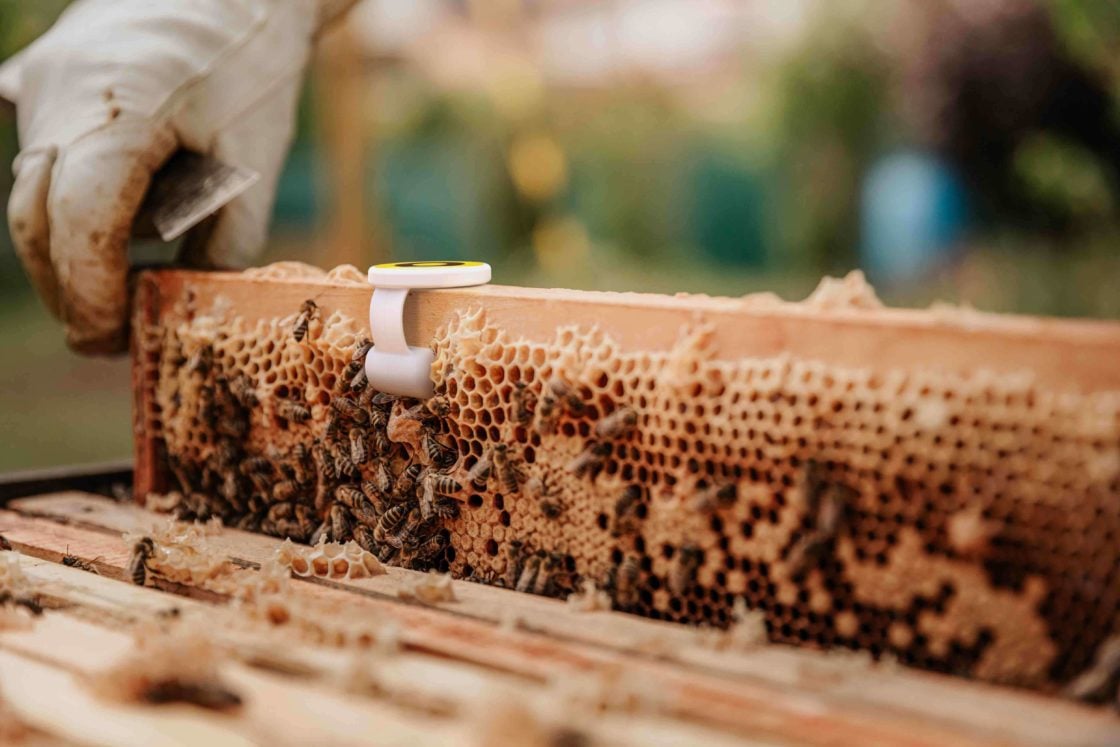
Shapeways customers who initially visit our factories are often stunned to see the sheer power of 3D printing production up close and personal, realizing the tremendous capabilities such technology represents. 3D designers and engineers are able to innovate like never before, creating and maintaining control over product development from the concept phase to manufacturing–and with plenty of access and affordability for iterating in between.
Streamline Processes for 3D Printed Product Ideas
Speed in product development has always been the driving force in 3D printing. While 3D printing production was a behind-the-scenes magic bullet for decades, pushing engineers ahead for applications like aerospace and automotive, additive manufacturing has erupted into the mainstream as a way for inventors to cut out a lot of red tape in seeing their products brought to life, and brought to market faster.
One must question whether some groundbreaking products today would be available without all the benefits of additive manufacturing behind them, and the ability to make complex geometries impossible through any other method. The 3D printing process streamlines manufacturing and eliminates the need for tooling or making molds, in comparison with traditional manufacturing like Injection Molding or CNC Machining.
Conversely though, additive manufacturing may actually be used to save on the bottom line and speed up production for Injection Molding with 3D printed mass production of molds that can be made in a variety of materials, including thermoplastics and metals. Outdated industrial parts can also be scanned, modified as needed, and re-born seemingly out of thin air. This is especially important for applications like automotive or railways, with the 3D printing process saving not only endless hours spent trying to track down decades-old or completely obsolete parts, but also in offering the capability to manufacture them quickly and then save them in a digital inventory for on-demand 3D printing.

Unprecedented 3D Printing Design Freedom
Shapeways customers are set up for success from the beginning, especially with the ability to choose from a wide range of 3D printing materials that are versatile and strong–yet lightweight–resulting in quality prototypes as well as high-performance, functional parts. The additive manufacturing industry just continues to come into its own, and so do the many talented designers Shapeways has the privilege to work with.
Here are some great examples of designers taking full advantage of design freedom and streamlined production processes offered via 3D printing at Shapeways:
- Drone manufacturers like Quantum-Systems are able to invent, rapid prototype, and 3D print drone parts for sleek UAVS, sending them racing over roadways and traffic to deliver test results to labs in minutes rather than hours or days. Advanced 3D printing drone materials and technology are at their disposal as they iterate with Shapeways, whether they need to test one prototype or a hundred.
- Architects can design in 3D for interiors or exteriors, with the ability to prototype large parts and then 3D print with extremely consolidated assembly; for example, Shapeways 3D printed a six-foot-long, custom bathroom vanity for an upscale remodel on a California home. Relying on Nylon 12 [Versatile Plastic] and Selective Laser Sintering, the statement piece quickly arrived to Verner Architects where they assembled the 3D printed bathroom vanity easily and then treated it for waterproofing before installation.
- International companies like Uruguay’s Armor Bionics often work with a sense of urgency in designing 3D printed medical models that they refer to as GPS systems for surgeries, acting as complete roadmaps from diagnostics to complex procedures. The design team uses their skill in 3D modeling to create complex medical models, sends them to Shapeways for 3D printing, and then surgeons perform the ultimate task in completing successful surgeries.
- Jewelers embrace the tremendous design freedom 3D printing technology offers, creating fine jewelry designs like bracelets prototyped and 3D printed in Nylon 12 [Versatile Plastic] or cast in precious metals like Sterling Silver. Inspired by the concept of ‘3D printing water,’ jewelry designers Groen and Boothman realized that 3D printing was the only technology suitable for their recent Elements series, featuring unique luxury keepsakes.
- Industrial design firms like Flamingo Works are able to 3D print innovative new platforms for training surgeons in robot-assisted surgeries. Employing gamified learning for medical training simulators, Flamingo Works partnered with Shapeways to 3D print colorful yet challenging displays, offering the opportunity for better instruction with robotic grippers.
“We would develop one skill and remove another while prototyping,” explained the Flamingo Works team. “3D printing with Shapeways gave us the freedom to try out endless new ideas during the product development phase.”

Shapeways Designers Are Set Up for Success in 3D Printing
Designers have the ability to upload up to 20 models at once, any time of day or night, with instant 3D printing quotes available, 3D printability analysis, and customized feedback if necessary. Greater freedom to innovate is already a vast benefit of 3D printing production in any case, but powder-based additive manufacturing makes life a lot easier without requirements to compensate for intricate support structures. This is especially true with highly adaptable 3D printing materials like Nylon 12 and accompanying technology like Selective Laser Sintering or Multi Jet Fusion.
Any potential constraints in design are further eliminated as unsintered powder bolsters structures in the 3D printing process, stabilizing them without the need for other support materials. The extra powder can easily be recycled into the next 3D printing cycle, and parts are not vulnerable to damage in post-processing with removal of supports.
Hundreds and thousands of parts can be nested together with a technology like SLS, allowing for exponentially faster 3D printing speed in production too. For Shapeways customers 3D printing mass production, being able to work with the User Application team to manage and optimize nearly every aspect of product development is of huge benefit too.
“Shapeways is there to help with any and all questions about design, production, materials, and the processes that make our customers’ models come to life,” says Zach Dillon, User Application Team Lead at Shapeways.
About Shapeways
Enjoy the benefits of this advanced technology and a wide range of materials from Shapeways for 3D printing your creations with accuracy, complex detail, and no minimum or limits in terms of mass customization or single part orders. Shapeways has worked with over 1 million customers in 160 countries to 3D print over 21 million parts! Read about case studies, find out more about Shapeways additive manufacturing solutions, and get instant quotes here.


